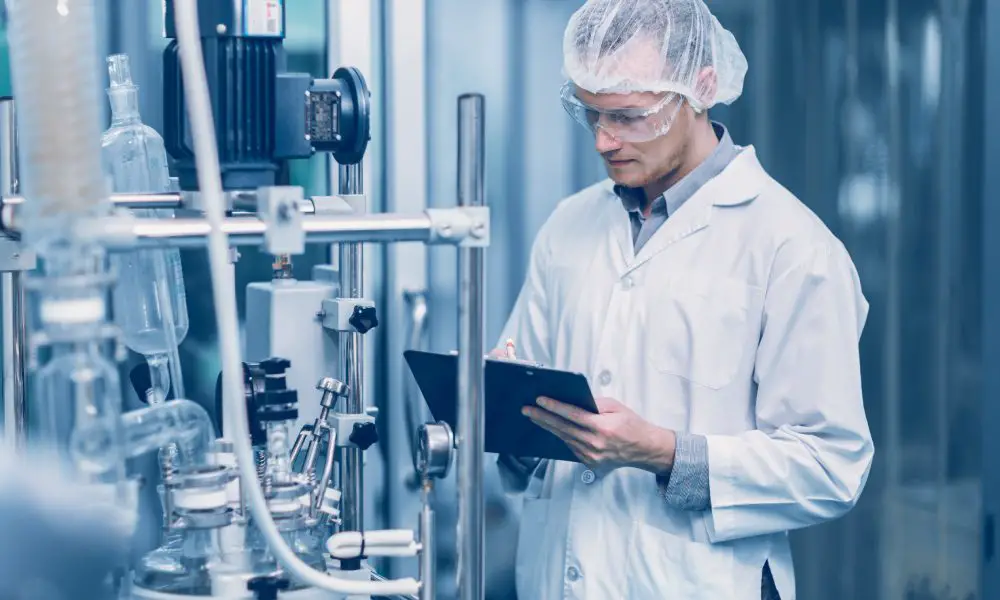

Maintaining a clean pharmaceutical facility will ensure the safety and efficacy of the products manufactured. With the strict guidelines for the pharmaceutical industry, staying on top of cleanliness standards and practices is essential. This blog post will guide you through the key aspects of keeping your pharmaceutical facility clean, from understanding regulatory standards to implementing advanced cleaning techniques.
First, it’s important to understand the regulatory standards governing cleanliness in pharmaceutical facilities. Several organizations have set stringent guidelines to ensure all pharmaceutical products meet high safety standards. These guidelines cover various aspects, including facility design, equipment maintenance, and cleaning procedures.
These regulatory bodies set and enforce these standards. Non-compliance can lead to severe consequences, including hefty fines and product recalls. Therefore, it’s essential to familiarize yourself with the relevant regulations and ensure your facility always adheres to them.
In addition to national and international regulations, companies may also have their internal standards to maintain. Staying updated with these standards and regularly reviewing your facility’s compliance is a must for maintaining a clean and safe environment.
Daily cleaning routines are the backbone of maintaining a pristine pharmaceutical facility. Start by focusing on surface disinfection. Use EPA-approved disinfectants to clean all surfaces, including countertops, equipment, and floors. Regularly scheduled cleanings should be part of your daily workflow to prevent contamination risks.
Air quality maintenance is another critical aspect. Ensure that your HVAC systems function correctly and replace filters as needed. Using HEPA filters can significantly improve air quality by trapping airborne particles that could contaminate your products.
Maintaining cleanliness involves proper waste management. Ensure you dispose of waste promptly and in accordance with regulatory guidelines. Use designated bins for different types of debris and regularly empty them to prevent any buildup.
While daily cleaning is essential, sometimes you need to go beyond basic routines to ensure the highest standards of cleanliness. Advanced cleaning technologies can provide an extra layer of protection against contamination. For instance, cleanroom technology creates a controlled environment with low levels of pollutants. This technology is particularly useful for facilities involved in sterile product manufacturing.
HEPA filters are another advanced technology that can help maintain air quality. These filters can capture most airborne particles, making them highly effective in preventing contamination. Regularly check and replace these filters to ensure they function optimally.
Automation in cleaning processes is another trend gaining traction in the pharmaceutical industry. Robotic cleaners and automated disinfection systems perform highly precise and consistent tasks, reducing human error and ensuring thorough cleaning.
Maintaining a clean pharmaceutical facility will ensure the safety and efficacy of your products. Follow the above strategies to keep your facility in top shape.
Discover how thoughtful storage design eliminates downtime and boosts efficiency. Enjoy these strategic tips sure…
Your business’s plumbing system is a convenient part of your operations, so having preventative maintenance…
Discover how smart fleet management transforms operations into profit centers through real-time visibility, predictive maintenance,…
Discover smart wine storage solutions for hot summer months without air-conditioning. Keep your bottles safe…
Throwing a wedding is exciting and stressful, as you try to make it exciting for…
Transform your living space into a luxurious retreat with these expert design strategies that introduce…